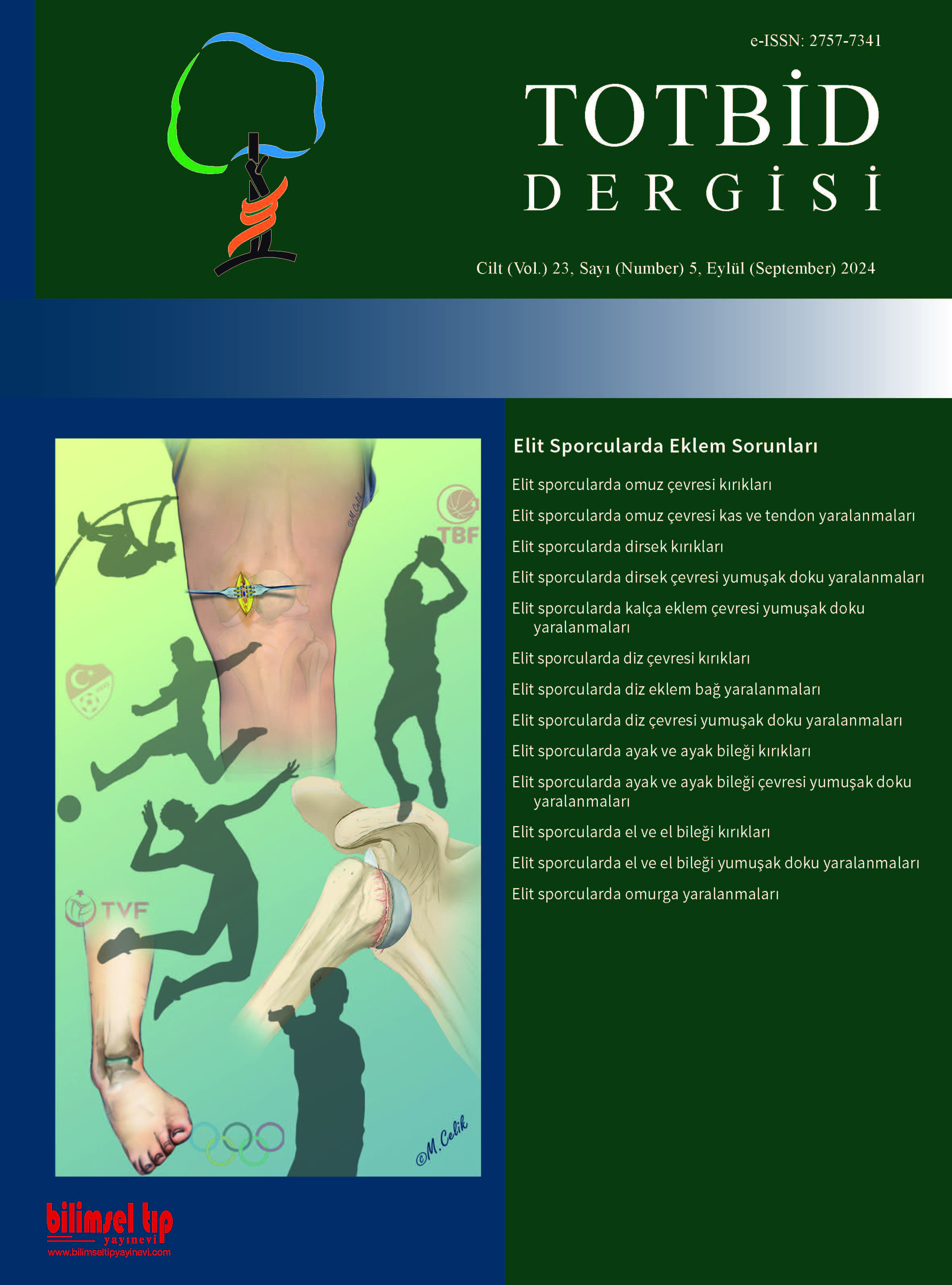
Hand and wrist injuries account for 3-9% of sports injuries, according to the literature. Overall scientific evidence regarding the characteristics of hand and wrist fractures is limited. In all sports, falling on the wrist while the elbow extended is the most common mechanism of injury. The treatment approach prioritises early movement and full function acquisition. Most of the hand and wrist injuries can be treated via conservative methods, with surgical treatment options are considered for those who do not benefit from conservative approach. Decision making on the treatment modality for hand and wrist fractures in the elite athlete group with high expectations has its own difficulties. Consequently, treatment approach should be determined according to the patient's requirements. It is important for athletes, coaches, managers, and teammates to know when and how to return to sport. More research is needed on the impact of hand and wrist fractures on athletic performance.